How to create more inclusive customer experiences using five simple checklists
As our Customer Engagement Director and an LGBTQ+ customer, Sam Bettis has first-hand experience of brands getting inclusivity right…and not so right. In this article, she unpacks the different points to consider when creating inclusive customer experiences – then packages them back up into handy checklists. You can thank her later.
One thing that took the shine off my recent honeymoon was continually being referred to as ‘Mr Sam’. Apparently if Sam and Jessica are a couple, Sam must be a Mr. It didn’t ruin the holiday, but it was certainly frustrating and awkward having to repeatedly explain ourselves and reconfirm every booking. It’s just one of the many examples of everyday life as an LGBTQ+ customer where it would have made a big difference if allyship and inclusive thinking had been embedded into the customer experience.
Although being an LGBTQ+ customer can be frustrating, things are improving thanks to increased awareness and the brilliant and diverse range of people working across brand touchpoints. However, as brands are becoming active across an ever-increasing variety of channels, it’s essential that we adopt iterative approaches to auditing and holding ourselves accountable.
We’ve previously shared an overview of how to improve CX for LGBTQ+ audiences, but the purpose of this article is to provide the actual tools and frameworks to get your audit started. Read on to explore the five key areas we’ve identified where most brands can easily improve.
How to use the checklists in this article
Within each section below you’ll find a checklist of things your brand needs to consider to deliver more inclusive experiences. These lists aren’t exhaustive, and of course will vary by sector, but they’re the perfect place to start internal conversations. The points span different departments, so we recommend creating a steering group with representatives from each team. And because inclusivity isn’t just for June, your steering group should meet and review regularly, taking an ‘always on’ approach to audits.
Designing digital experiences that delight
We need to think inclusively when designing any digital experience, but we should also take a holistic view across all touchpoints to avoid making LGBTQ+ audiences feel alienated or lost within the experience. The key to this is to start by understanding your audiences as comprehensively as possible, using up-to-date 360 insights to give context to their needs and expectations.
This thorough research can identify where added content might help somebody feel included and seen, as well as where we may be asking for too much data. For example, 56% of Gen Z report knowing someone using gender neutral pronouns, such as ‘they’ or ‘ze’, compared to 43% of millennials – highlighting the importance of inclusion in UX, even across micro moments like forms. These research-driven insights are behind all the best examples of brands celebrating different audiences across touchpoints, such as Mastercard enabling non-binary names with True Name.
Content and website structure can further enhance the audience experience, helping users navigate safer experiences online and in real life. A great example of this is Booking.com, who’ve driven change in the travel industry through content and wayfinding to help audiences find LGBTQ+ friendly holidays using Travel Proud.
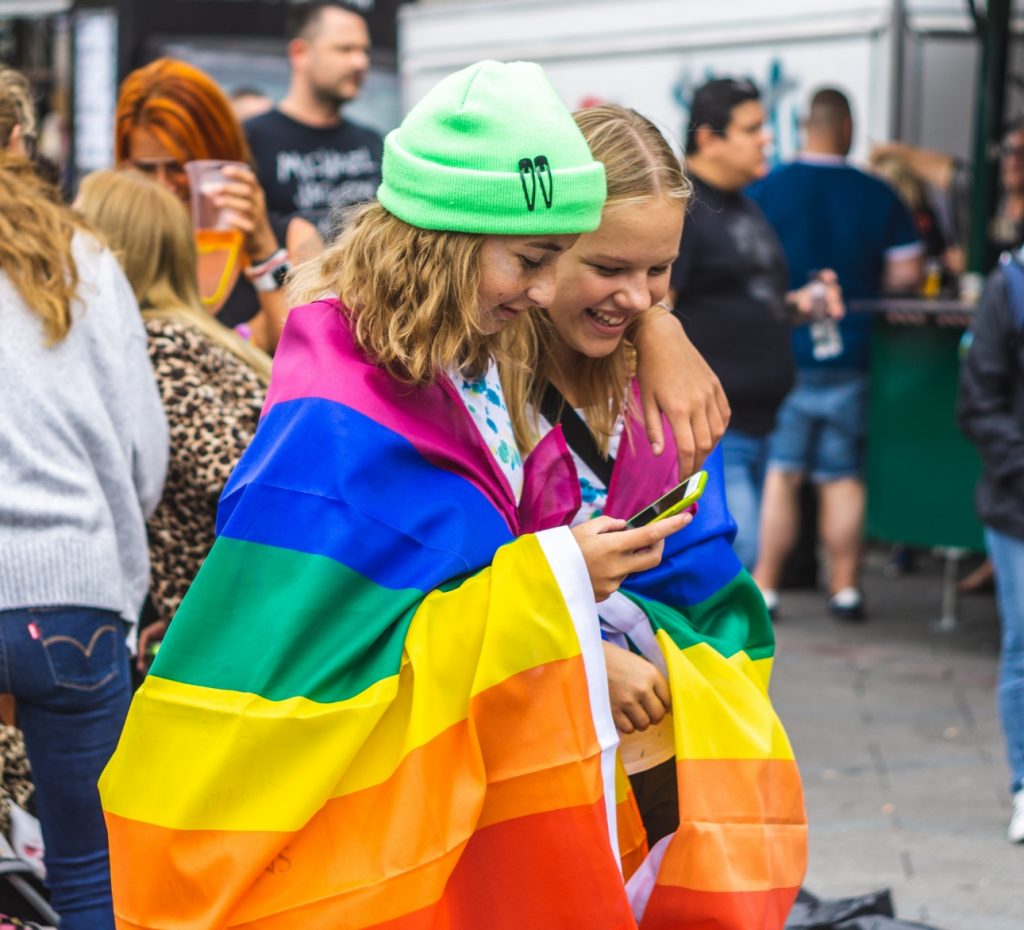
Your digital experience checklist:
- Have we completed adequate up-to-date research to understand audience needs?
- Are web forms representative of genders beyond the default binary options?
- Can audiences use their preferred name?
- Are we using inclusive pronouns throughout descriptive text?
- Are default profile settings (e.g., avatars) gender neutral?
- Are there areas where LGBTQ+ specific content could add value?
- Are we showing biases in any design elements (e.g., use of colour, imagery)?
- Does our navigation create discomfort at any stage?
- Are we asking for too much data at any point?
2. Putting the care into customer care
Personally, I’ve experienced too many instances where a lack of training for customer care teams has made an experience so awkward for everyone involved that I’ve actively avoided talking to those brands again. Clearly that’s not great for customer retention or brand reputation. Families are becoming more diverse, but at the same time, there’s often not enough support for colleagues in customer-facing roles to navigate the social landscape.
We’ve seen an overall rise in gender and sexuality fluidity and the number of same-sex couples adopting is up 17% in the UK, yet Booking.com research has shown that one in five same-sex couples have had staff assume they would need separate rooms or beds when checking in. And a review of digital discussion on Twitter shows 74,000 mentions in just one month of people being misgendered or having assumptions made about their family unit during a customer care interaction. That’s 58,000 individuals vocalising how assumptions have made them feel bad, and in turn generated bad feelings about a brand – something which could be avoided with proper support and training for staff.


And we need to do more to support customer care representatives themselves, who can be put in a vulnerable position – in person or online – when people express the need to boycott brands for supporting LGBTQ+ rights. Having a clear purpose and position on at a brand level, embedded throughout training and touchpoints, means staff aren’t left to battle bigotry alone. It also makes sure that they’ll know the right way to handle situations without escalating them, risking harm to themselves or the brand, or giving further amplification to the views they’re challenging in the first place.

Your customer care checklist:
- Do we have community guidelines in place to support customer care teams?
- Do we have response guidelines for unfair comments on social media?
- Do we regularly communicate to teams about EDI state of the nation?
- Are we making assumptions about ‘typical’ families within our training material?
- Do we regularly audit customer communications from an EDI point of view?
3. Representation matters
When we’re telling stories through content and advertising, they have the potential to reach millions of people. This makes representation one of the most powerful ways to help LGBTQ+ audiences feel seen.
Boycotts of brands that choose to represent the community are ongoing, and some TV channels (as recently as 2022) have caved into complaints and pulled ads which represent lesbian couples. While continuing to back the community within this context shouldn’t be seen as brave or heroic, it does highlight the importance of not hiding communities within comms and advertising. To quote the first openly gay US athlete Jason Collins: “Openness may not completely disarm prejudice, but it’s a good place to start”.
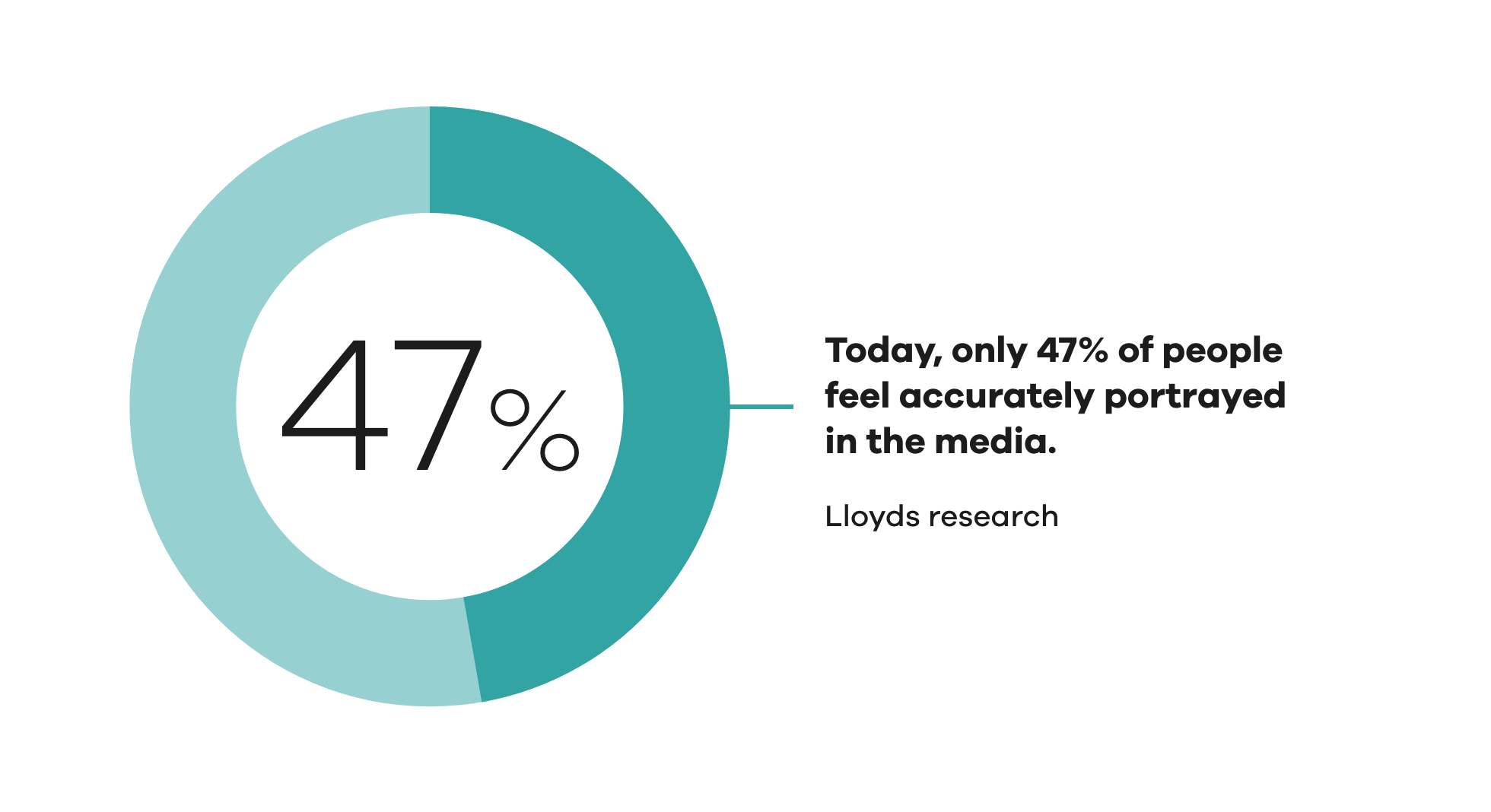

Alongside our checklist below, Outvertising provides guidance and downloadable resources to brands around representation, from brief writing to watchouts.
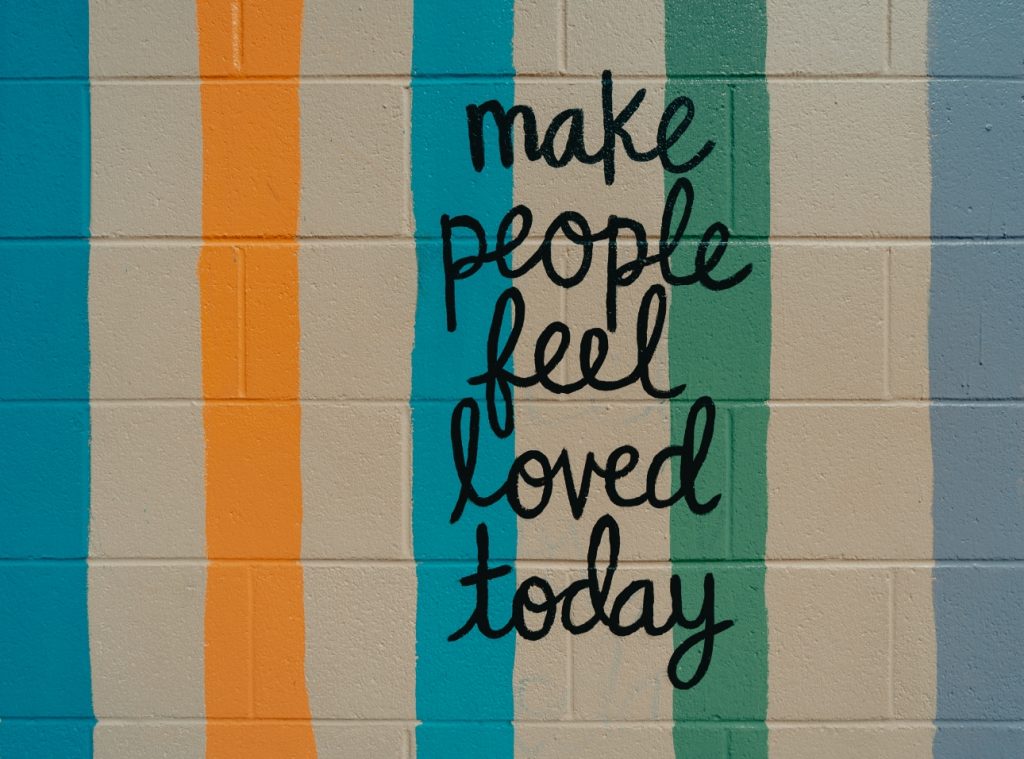
Your representation checklist:
- Are we feeding biases into creative briefing?
- Do we have a process to avoid tokenism?
- Do we have inclusive creator processes?
- Are our testing groups diverse?
- Do we have a defined positioning and tone when communicating on LGBTQ+ issues?
- Are we considering representation when using influencers, PR channels and celebrity endorsements?
- Are we using diverse imagery?
- Are we using the correct pronouns and inclusive language in our copy?
4. It all starts with employee experience and culture
An inclusive employee experience is the foundation every brand needs to practice what they preach. A survey from 2022 shows that unlike their non-LGBTQ+ colleagues, only 17% of LGBTQ+ employees feel their company supports their wellbeing. I’ve listened to friends in the community navigate a world of different awkward conversations in the workplace, where assumptions and microaggressions have been made.
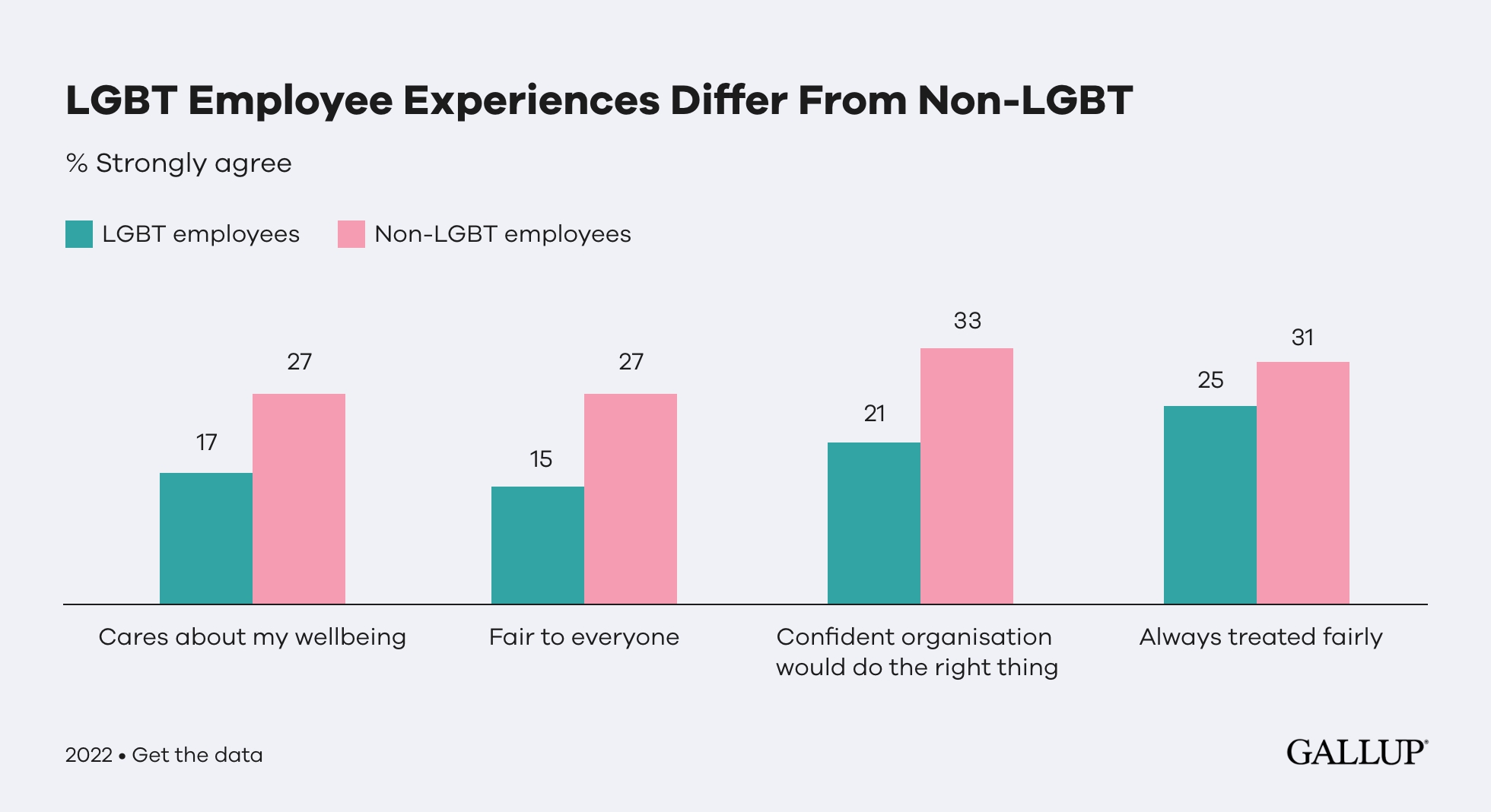

Brands such as Ikea are setting the standard for what best in class looks like and can be a useful benchmark when striving for equality across benefits, colleague working groups and regular measurement.
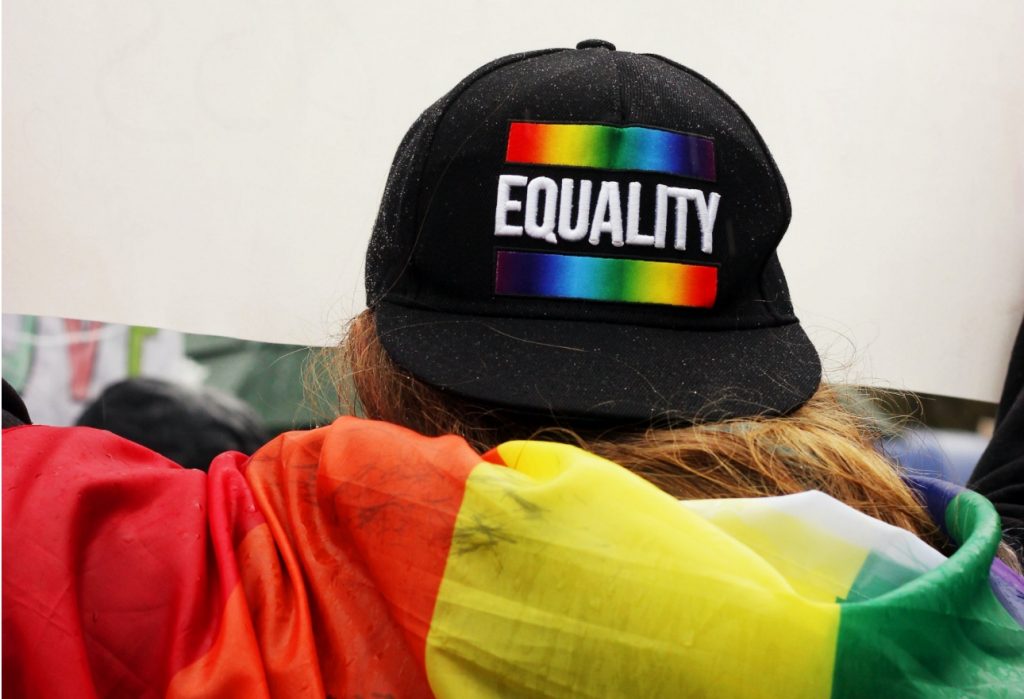
Your employee experience and culture checklist:
- Do we have an internal steering group made up of different teams and levels of seniority?
- Do we support LGBTQ+ in policy (e.g., parental leave)?
- Do our HR systems and technology support LGBTQ+ individuals?
- Do we have ongoing diversity and anti-bias training?
- Are we continually measuring LGBTQ+ employee experience?
5. Beating the bias in technology and algorithms
Technology is often overlooked when considering LGBTQ+ experiences, even though it provides huge opportunities for paving a better future. And as we’re increasingly turning to tech and AI to create efficiencies in the customer experience, we must be mindful of the biases within technology and how to move past them.
As an example of the issues we’re currently encountering, I asked ChatGPT to write my wedding speech… but unfortunately, I had to scrap it and write my own, due to its use of binary genders and the assumption that I’m male.


Brands such as Asics have already taken positive action to fight AI biases on body image by attempting to re-train algorithms – a technique which could be adopted to improve the LGBTQ+ experience.
But it’s not just about ensuring all communities are included. LGBTQ+ audiences often have different needs from technology which need to be specifically catered for. For example, tools such as Bliss have been created by directly addressing the pain points and needs of trans audiences within financial apps. As we covered earlier, this kind of inspirational insight only comes from a deep and fully representative understanding of your audience during the research stage.

Your technology and algorithm checklist:
- Do we understand needs across all the audiences within our tech stack?
- Is EDI part of the procurement process for new technology?
- Do we QA tools from an EDI point of view?
- Do we offer internal training around algorithm biases?
- Are we setting algorithms goals with biases?
- Are we training algorithms with biased datasets?
- Do we have processes in place to check the quality of content created by AI?
So, what’s next for your brand?
We hope you find these checklists a helpful jumping off point for improving your LGBTQ+ customer experiences. Although there’s no ‘one size fits all’ solution for any brand, the important thing is to get the conversation started.
Many brands are fearful of cancel culture and doing the wrong thing, but as a member of the community, I’d say the biggest mistake is to do nothing at all. While there will always be those ready to shame brands for what they perceive as rainbow-washing, most audiences will appreciate the intention and allyship, providing you’re also taking meaningful and practical steps in the right direction.
Inspired by what you’ve read and want to discuss a project, challenge or opportunity in more detail? Contact Sam at sam.bettis@krowgroup.com
CHAT TO US
Have a Customer Experience challenge you'd like to discuss?
Contact Sam Bettis, Customer Engagement Director
sam.bettis@krowgroup.com

RELATED ARTICLES

Why Customer Experience is not just a numbers game
Written by Dawn Marrs, Managing Director at krow.x
Read more
Welcome to the new era of efficient creative
Written by Michael Howes, Managing Partner & Creative Director at krow.x
Read more
Advertising: the unexpected recession essential
Written by Kirstin Wilson, Group Client Partner
Read more
